The Batheaston Bridge has now been open for some months. Although it was delayed and cost more than expected, it is an excellent design and provides access to National Cycle routes and an off road route into Bath for people on foot and on bikes in the eastern approach to Bath. Great for residents in Batheaston and Bathford.
The bridge crosses the river from Batheaston High Street car park and on to the recently constructed path on the south side of the river to meet Mill Lane near the Great Western Railway very close to the George Pub and Kennet and Avon Canal. The path,which is designed to be wide enough to take people on foot, on bikes and in wheelchairs skirts the river Avon and continues across Bathampton Meadows before its junction with Mill Lane.
The Bridge starts from the car park where the closed down toilets give the area a derelict look. It is a shame that neither B&NES nor the parish council have been able to fund the maintenance of this local toilet. However, the closure is an opportunity to use the building for something different. Given the increased number of people using the bridge conversion to a cafe/shop would seem to be obvious.
Most closed down toilets are advertised on the open market, but this one in a car park with shops across the road is more attractive than most for an alternative use. It is a reasonably modern building and as with all the toilets, the utilities are already in place.
Beyond the bridge the pathway snakes across the fields just south of the river before emerging on Mill Lane. I didn’t look too closely, but I didn’t see any signage about where the path links after that. Neither could I see, at the junction with Mill Lane, any indication that there is a pub and shops in Batheaston.
The path is designed to fit in this sensitive location on the Meadows and does seem to have little impact . The surface is rightly compacted stone, not tarmac, but it is quite rough and already there are some potholes. Sometimes it is better to spend a bit more on quality paths , rather than having to return regularly for maintenance.
The Path’s connection with the Kennet and Avon Canal at the George Inn at Bathampton is difficult because of the narrow road over the railway bridge and the right turn across traffic. At busy times it is probably safest to get off to cross on to the towpath. However, it is from here that bike riders can access National Cycle Routes (NCNs).
A left turn on the canal will lead to Bradford on Avon and will connect with NCN Route 24 to Radstock and Frome or a connection to the circular route through the Two Tunnels into Bath City Centre, to return via the K&A to connect with the “spur” to Batheaston at Mill Lane.
A right turn on the K&A will lead to the reverse of this circular Two Tunnels route and a connection with the Bath/Bristol Railway Path (NCN Route4).
It is early days yet to judge the effectiveness of this “spur” from Batheaston to connect people in that area with the National Cycle Network, but from my observation on a Sunday in August 2015 the route seems well used by people cycling and walking. There was an idea from Batheaston Parish Council that the bridge could open some of the fields on the Meadows for sport, but this has yet to materialise. Further along the valley towards Bath there is an Archery Club and a rugby club, so the flooding issues are not insurmountable. Any further development here though is sensitive.
There is also a tarmac road opposite the Mill Lane entrance, towards Bath, going directly to a Farm. I don’t know the status of this road, whether it is a public right of way or a private path, but it goes almost as far as the bypass. If in future an alternative to the canal towpath is needed there might be way to use this road to go as far as Grosvenor Bridge and join the canal at that point.
The Batheaston Bridge is a peaceful way to cross the river Avon and avoid motor vehicles. It has obvious advantages for people living in the area and links easily with Bathampton village. Whether it develops into an important link in the National Cycle Network remains to be seen, but it makes the attractive off road leisure paths in the Bath area easier to access for people on the north side of the river.


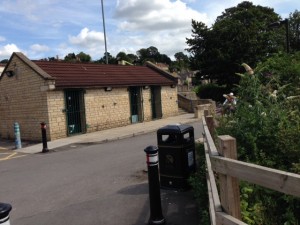



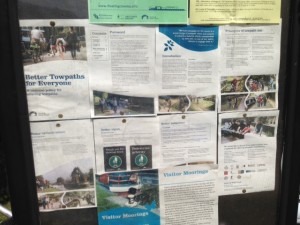
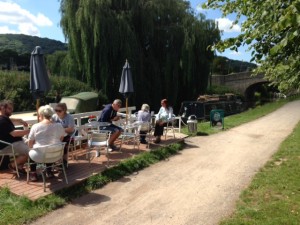


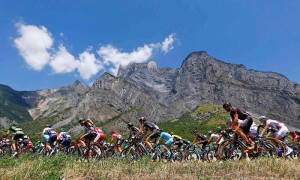
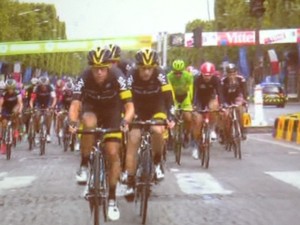
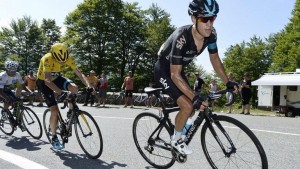

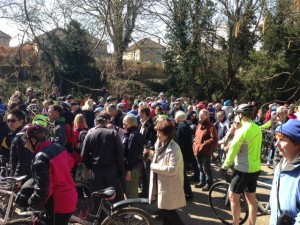


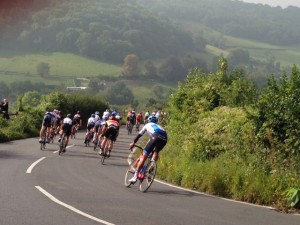
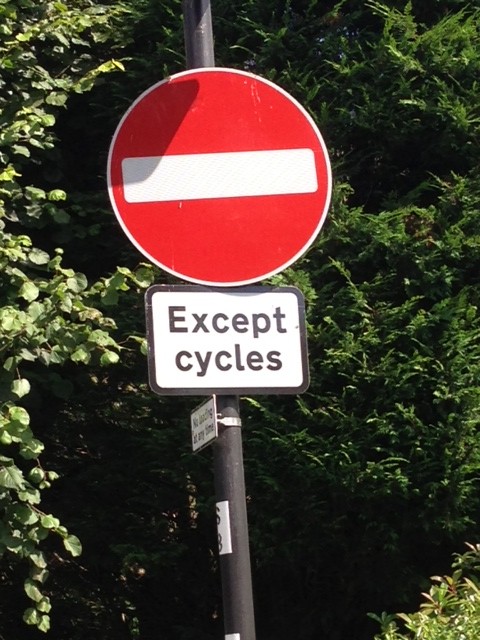
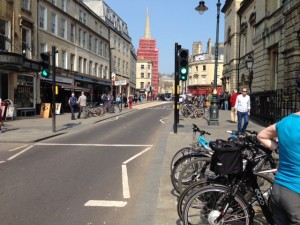









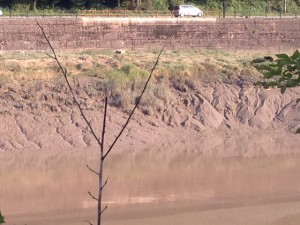
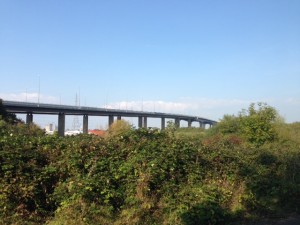


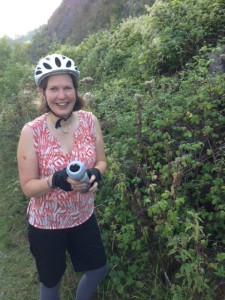
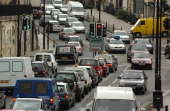
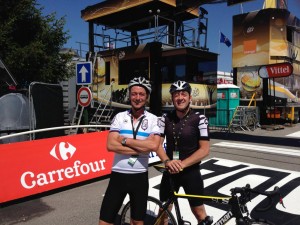
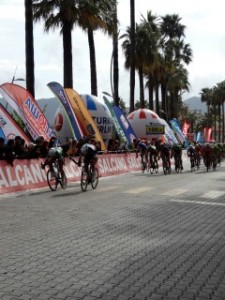

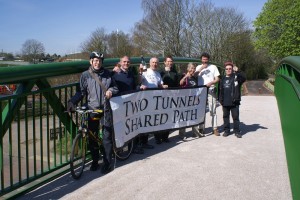
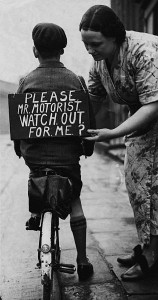
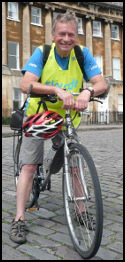 Hello, I'm Roger Symonds and I have created this blog to highlight local and wider cycling issues. Given the incredible interest and increase in cycling we must not miss this opportunity to provide the the infrastructure that gets even more people out on bikes in a safer environment.
Hello, I'm Roger Symonds and I have created this blog to highlight local and wider cycling issues. Given the incredible interest and increase in cycling we must not miss this opportunity to provide the the infrastructure that gets even more people out on bikes in a safer environment.